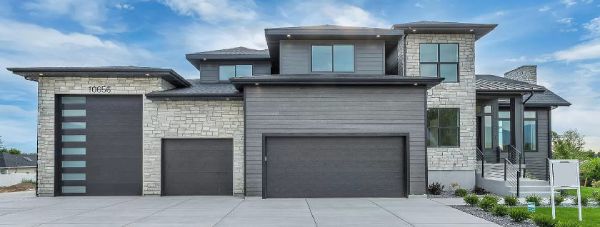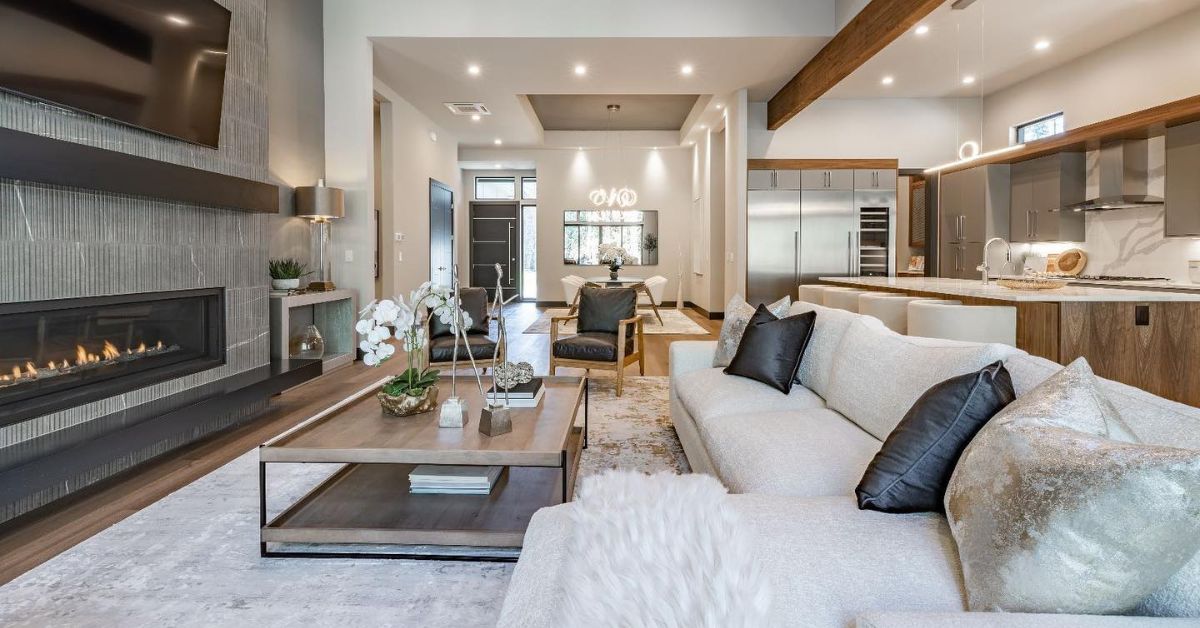In many instances, the answer to the question of whether you need a permit to remodel a kitchen is a qualified “yes.” Permits ensure that remodeling projects adhere to local building codes and safety standards, which protect both the homeowner and future occupants. The requirement for permits depends on the nature of the work being done and the local regulations. Here’s a breakdown of projects that typically require permits, those that might, and those that don’t.
Kitchen Remodeling Projects That Require a Permit
Certain kitchen remodeling activities almost always require permits due to their significant impact on the structure, safety, and systems of your home. These include:
- Electrical Work (e.g., Rewiring or Adding New Outlets)
- Plumbing Changes (e.g., Relocating Sinks or Pipes)
- Structural Changes (e.g., Removing Walls or Adding Windows)
- Installing New Appliances That Require Electrical or Gas Hookups
- Changing the Layout of the Kitchen
1. Electrical Work (e.g., Rewiring or Adding New Outlets)
Electrical permits are mandatory for projects involving rewiring, adding new circuits, or installing additional outlets. These measures ensure the work complies with electrical safety codes and reduces the risk of electrical hazards.
2. Plumbing Changes (e.g., Relocating Sinks or Pipes)
If you plan to relocate sinks, move plumbing lines, or make major upgrades to water and drainage systems, you will need a plumbing permit. This guarantees that the work meets local plumbing standards.
3. Structural Changes (e.g., Removing Walls or Adding Windows)
Removing or altering load-bearing walls, expanding doorways, or adding new windows can affect your home’s structural integrity. Structural permits are necessary to ensure such changes are safely executed.
4. Installing New Appliances That Require Electrical or Gas Hookups
Installing appliances like stoves or ovens that require gas or specialized electrical connections will require permits to verify proper installation and safe operation.
5. Changing the Layout of the Kitchen
When you alter the layout, such as moving the position of cabinets, appliances, or plumbing, permits are usually necessary to comply with local building codes.
Kitchen Remodeling Projects Where a Permit Might Be Necessary
Some kitchen remodeling tasks might require permits, depending on the scope of work and local regulations. Examples include:
- Replacing Cabinets or Countertops
- Installing a New Backsplash
- Repainting Walls or Cabinets
- Installing New Lighting Fixtures
- Replacing Flooring
1. Replacing Cabinets or Countertops
If the replacement involves structural adjustments or changes to the supporting framework, a permit may be necessary.
2. Installing a New Backsplash
Simple backsplash installations may not need a permit, but if electrical outlets need to be adjusted, you might need one.
3. Repainting Walls or Cabinets
Repainting generally doesn’t require a permit unless it involves removing lead-based paint, which may be subject to specific regulations.
4. Installing New Lighting Fixtures
Adding or moving light fixtures could require an electrical permit, depending on the wiring involved.
5. Replacing Flooring
In most cases, flooring changes don’t require permits unless they involve modifications to the subflooring.
Kitchen Remodeling Projects That Don’t Require a Permit
Cosmetic updates and minor changes usually do not require permits, giving homeowners more flexibility and ease in making improvements. Common activities include:
- Minor Cabinet Refacing or Repainting
- Upgrading Faucets or Fixtures
- Installing New Hardware (e.g., Handles, Knobs)
- Adding Temporary Decorations
- Installing Small Appliances (e.g., Microwaves, Dishwashers)
1. Minor Cabinet Refacing or Repainting
If your cabinets are in good shape but need a style refresh, refacing or repainting is an excellent choice. This involves replacing cabinet doors, applying a fresh coat of paint, or installing veneer over the existing structure. Since these changes don’t alter the kitchen’s layout or involve significant structural modifications, permits are not required.
2. Upgrading Faucets or Fixtures
Replacing an outdated faucet with a modern, efficient model can significantly improve functionality and aesthetics. Similarly, upgrading fixtures like cabinet handles or drawer pulls is an easy way to enhance your kitchen’s appearance. These tasks don’t involve altering plumbing systems, so no permits are needed.
3. Installing New Hardware (e.g., Handles, Knobs)
Swapping out old cabinet hardware for sleek, modern options is a simple project that can transform the look of your kitchen. Since it only involves screwing or unscrewing components, this type of upgrade doesn’t require permits and can often be completed in just a few hours.
4. Adding Temporary Decorations
Temporary decorations, such as peel-and-stick backsplashes, adhesive wall decals, or temporary shelving units, allow you to personalize your kitchen without committing to permanent changes. These additions are non-invasive and don’t affect structural or utility systems, making permits unnecessary. For renters, these are particularly appealing options to upgrade a space without violating lease agreements.
5. Installing Small Appliances (e.g., Microwaves, Dishwashers)
Adding small appliances like countertop microwaves, toasters, or portable dishwashers doesn’t involve changes to your kitchen’s infrastructure. Even installing built-in dishwashers or microwaves might not require permits as long as they don’t necessitate new electrical or plumbing connections. Always check local regulations for clarity when it comes to built-in appliances.
What Permits Are Needed to Remodel a Kitchen?
The exact kitchen remodeling permits you need will vary based on what you’re changing and where you live. It’s essential to check with your local government office to understand the requirements. Discussing your project details ensures you have all the necessary permits.
What Happens If You Don’t Get a Permit for a Kitchen Remodel?
Failing to obtain a permit can lead to serious consequences, including legal issues, fines, and safety hazards. Unpermitted renovations may also reduce your home’s value and deter potential buyers when it comes time to sell. Additionally, without permits, your insurance might not cover damages resulting from the remodel. Learn more in our blog post, What Happens If You Don’t Get a Permit for a Kitchen Remodel?
Why are Permits Necessary for Kitchen Remodels?
Permits are crucial for ensuring that any structural, electrical, or plumbing work is performed correctly and safely. They protect homeowners from substandard work, reduce the risk of hazards, and ensure compliance with legal standards. Permits also safeguard your investment by maintaining property value and preventing legal complications.
How Much Does a Kitchen Remodel Permit Cost?
Permit costs vary based on location, project type, and complexity. Here’s a general breakdown:
- Electrical Permits: $50–$500
- Plumbing Permits: $100–$800
- Structural Permits: $500–$2,000+
Be sure to consult local authorities for accurate estimates based on your project specifics. By understanding permit requirements and adhering to them, you can ensure your kitchen remodel is both legally compliant and safe.





